How Do You Visually Show Character Choice? Here's a Lesson from 'Snowpiercer'
All characters must make a decision -- left, right. Up, down. Good, evil. Past, future.
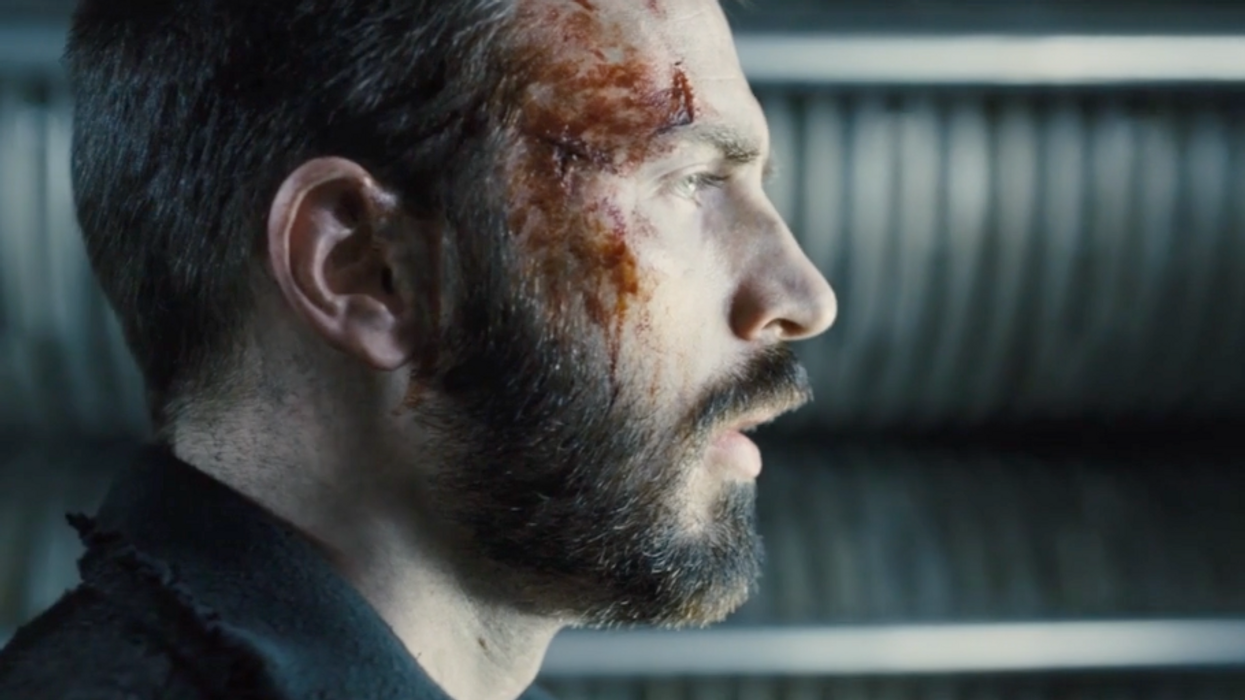
And since cinema is a visual medium, showing this decision-making process can be challenging. It's not as fun for the audience (or the filmmaker) to have your protagonist simply say, "I choose the red pill," or, "I choose to save the person I love rather than the world." The good thing is that this awkward piece of exhibition isn't something we see/hear in movies today, so how do filmmakers do it? How do they show choice on-screen?
Video essay extraordinaire Tony Zhou looks into this in the video below. By breaking down the elaborate visual conceit in Snowpiercer (the front (right) of the train and the back (left) of the train), he is able to walk you through what "showing not telling" actually looks like when it's at work, and in this context, how a filmmaker can use the diegesis, the world inside the narrative, as an extension or expression of their protagonists' thoughts and emotions as they're making a difficult choice.
[Warning: Mega spoilers ahead!]
Of course, there are so many original and creative ways to visualize the emotion struggle of a character forced to choose. Yes, you can have them look back and forth between screen left and screen right (or up and down, or whatever). You can have them looking at two different representative objects in their hands (for example, a plane ticket and their wedding ring). You can have one of their two choices in the foreground, while the other is in the background. The beautiful thing about visual storytelling is that it's poetic -- capable of going as deep or as wide or as far as your cinematic tongue is able to take it.
One thing to mull over as you try to figure it out: aesthetic energy. That which has more dominant aesthetic qualities (large in size/in frame, vertex of vectors, red/orange/yellow in color, radiance, high contrast, etc.) is going to be interpreted as more important to not only you as the viewer, but to the character as well. This is why the conceit in Snowpiercer works, because we see things on the left side of the frame as having less aesthetic energy as the right side. That's not to say that the left side is a dead zone of aesthetic activity, rather it's often a "negative" space that represents things the protagonist doesn't want -- in this case, the past, as well as surrender, and poverty. Moving screen right communicates progress, victory, and growth -- an acceptance of the future and change.
So, what are some films that visually depict character choice in interesting/exciting/weird/inspiring ways? Let us know in the comments.
Source: Tony Zhou
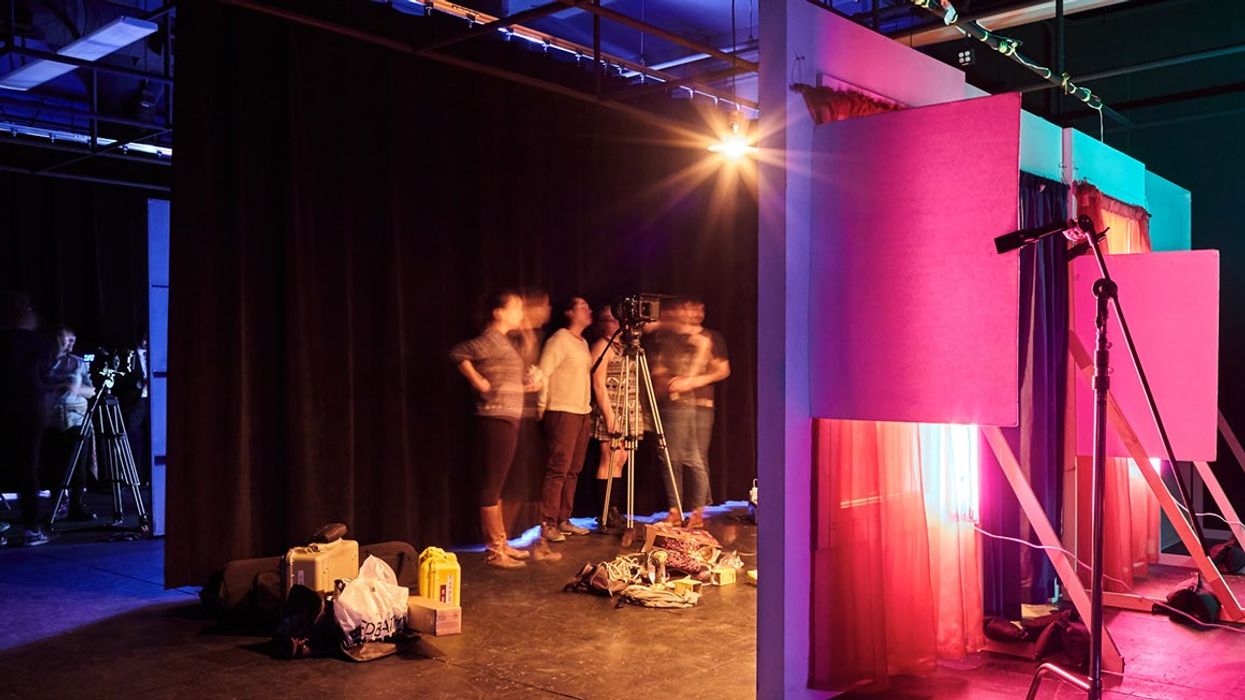
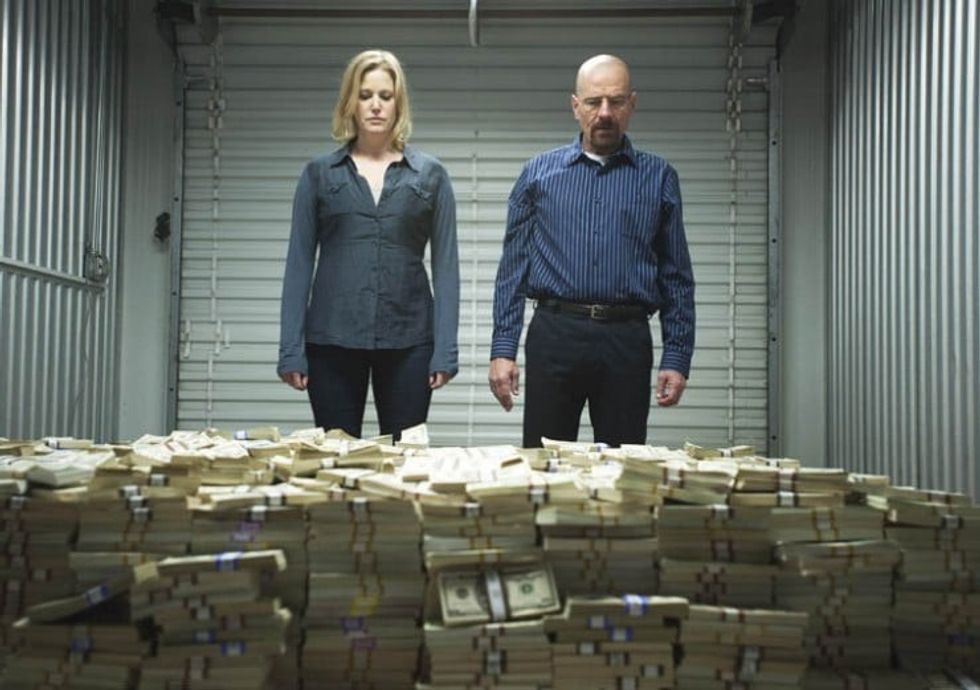
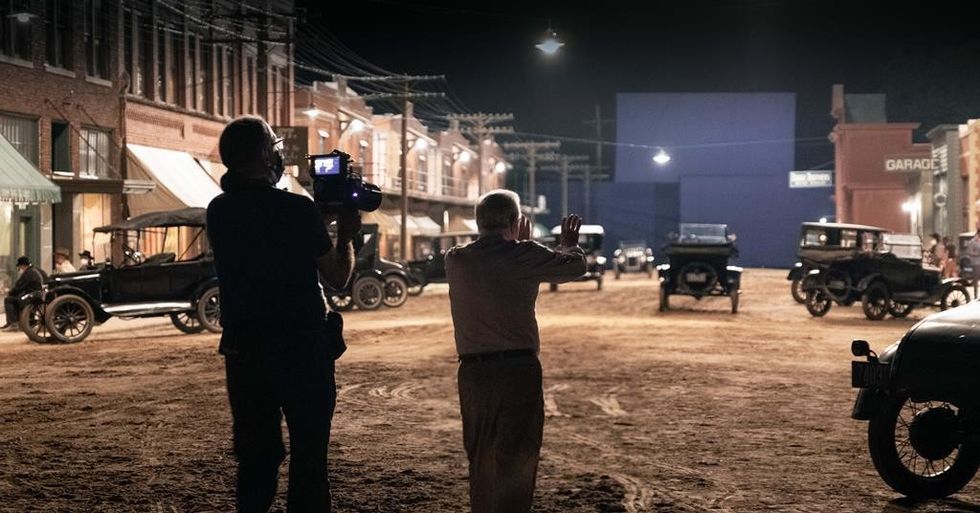 Go Behind the Scenes of the Filming of 'Killers of the Flower Moon'
Go Behind the Scenes of the Filming of 'Killers of the Flower Moon'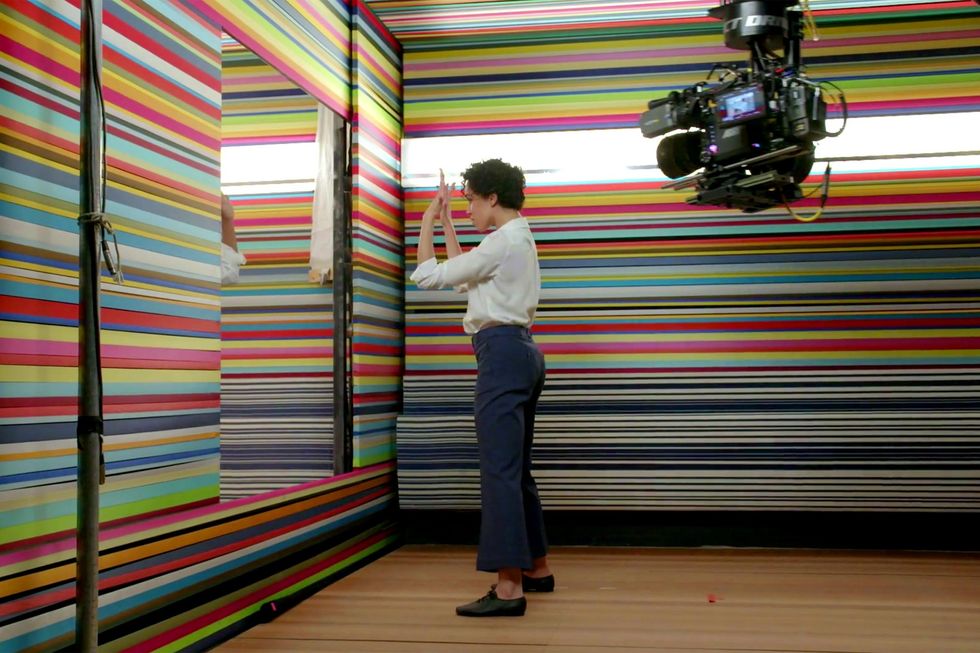 BTS of Spike Jonze's Apple Ad Apple
BTS of Spike Jonze's Apple Ad Apple









